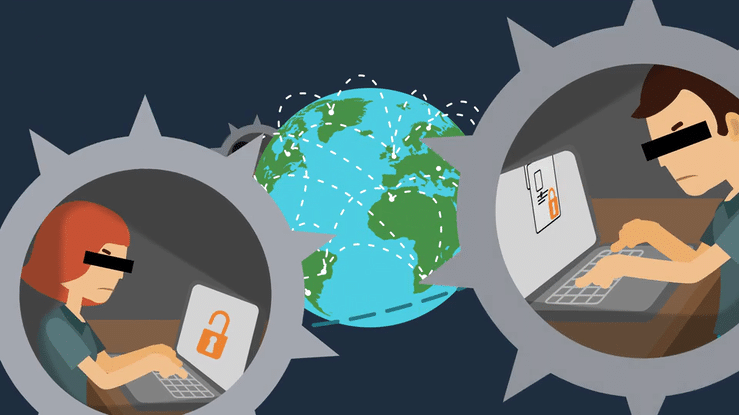Animation and gamification are becoming more prevalent in business settings. Thanks to its animated visuals and engaging features, companies particularly find gamification is an effective training tool. An increase in data breaches has underscored that companies are obligated to raise awareness of cybercrime activity. Whilst it is widely believed that hackers use complex and advanced technologies, the reality is that most data breaches are caused by end-users.
Researchers at Stanford University discovered that 88% of successful cyberattacks are caused by human error. Cybercriminals are well organised and use sophisticated techniques to target weak passwords, persuade users to download infected files, click on bad links, crash websites by overloading them with data requests, or implant viruses that can covertly steal data.
The cost of a data breach can be catastrophic. Companies that neglect to implement adequate measures to protect customer data are liable to pay a GDPR penalty – which can be 4% of your annual global turnover or up to £17.5 million.
According to reports, 60% of companies go out of business following a data breach.











